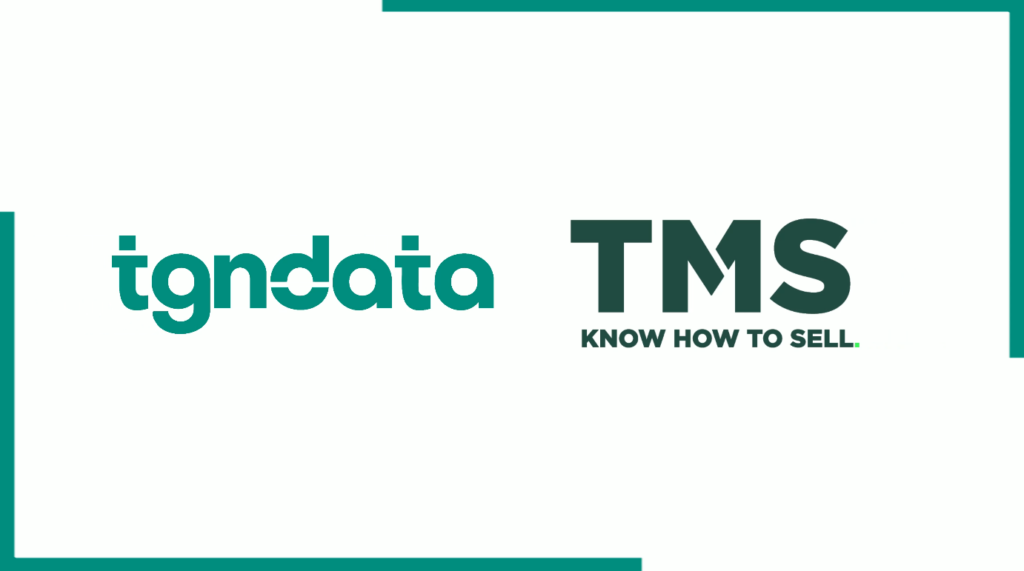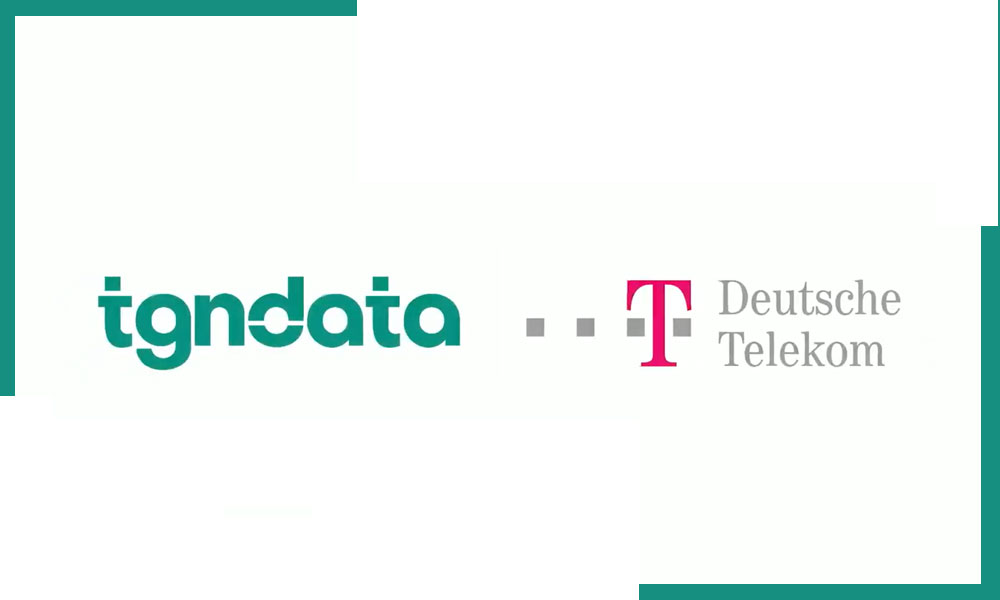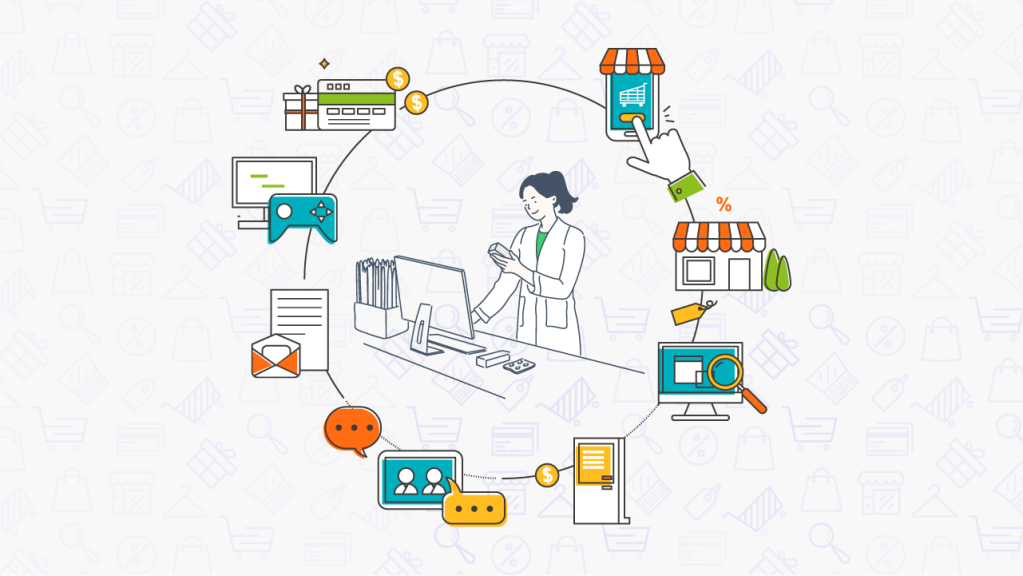Edit Content
In retail, product assortment plays a critical role in selling effectively. It impacts the everyday decision making of category managers, brand managers, merchandising, planning, and logistics teams. A good assortment mix helps achieve the following objectives:
➔ Reduce acquisition costs for new customers (as well as retain existing customers)
➔ Increase penetration by catering to a variety of customer segments
➔ Optimize planning and inventory management costs.
➔ Minimize old stock
Increasingly, retailers are moving away from a generic one-size-fits-all assortment planning model, to a more dynamic and data-driven approach. As a result, assortment benchmarking followed by assortment planning are activities that take place around the year.
A number of factors are crucial for assortment planning: analytics over internal data, intuition, experience, and understanding gained through trends. In addition to these, tracking assortment changes on competitors’ websites helps retailers track and adjust their product mix by adjusting features such as brands, colours, variants and pricing. The goal is to help users find exactly what they are looking for, the moment they are looking for it.
Let’s see how we can achieve this through Assortment Intelligence solutions in a moment. But first, some basics.
The Assortment intelligence refers to online retailers tracking, analysing a competitor’s assortment, and benchmarking it against your assortment. A good solution such as TGN’s gives you information on the range and depth of your competitors’ assortment across categories and brands. For this reason with the help of an assortment intelligence solution, a retailer can get a good understanding of what products competitors have, how they are positioned, whether they should add these products to their existing catalogue or optimize their own assortment by removing products from it.
Assortment tracking is used by retailers operating across categories as varied as footwear, electronics, jewelry, household goods, appliances, accessories, tools, handbags, furniture, clothing, toys, baby products, and books among others.
Gaps in the catalogue: Discover products/brands your competitors are offering that are not on your catalogue and add them.
Problems in Price Ranges: Examine your competitor’s products prices distribution in comparison to yours and identify gaps or overwhelm of products in price ranges.
Unique Offerings: Find products/brands that only you are offering and decide whether you are pricing them right. Maybe you want to bump up their prices.
Compare and analyze product assortment across dimensions: Benchmark your assortments across different dimensions and combinations thereof. Understand your as well as competitors’ focus areas. You can do this in aggregate as well as at the category/brand/feature level. Below we show a few examples:
– Comprehend your competitors’ “favourite products” in terms of discounts
– Understand assortment spread across price ranges. Are you focusing on all price ranges or only a few? Is that a decision you made consciously?
An Assortment Intelligence solution not only increases sales and improves margins, but also helps reduce planning and inventory costs. It allows retailers to strike the right balance between assortment and inventory while maximizing sales. Retailers can make educated decisions by analyzing their own as well as their competitors’ assortments. Businesses gain an edge by identifying opportunities around changes in product mix and making quick decisions. By identifying areas that need focus, and taking timely actions, an assortment intelligence solution will help improve the bottom line.
With a feature-rich solution such as tgndata, you can maintain your competitive advantage per sector and product group. Enhance your reporting needs with our ready to use reports per brand, category & product groups. Product & Category managers report gaining at least 10 hours per week managing their assortment.
Data is gathered within a 72-hour timeframe to ensure consistency while not losing important product & category market changes.
For endless consumers, the availability of online shopping, comparison, and understanding of the market has never been higher, with 91% of the European population using the internet, 75% of these bought goods online in 2022. So even with all the doomsday talk, the consumers are present but have new and higher demands, e.g., the pricing of each product.
In a survey conducted by Google, 56% of all in-store shoppers acknowledge that they often use the internet to get more information about the product and compare prices online before making a purchase. So, to be frank… Consumer behavior is changing, and you need to adapt to that.
Many trends are arising when looking at the e-com sphere in its current state. However, it also becomes clear how some companies need to adapt to these new trends and struggle to do so. Currently, it is a race of competencies and know-how vs. living in the pandemic time, where all consumers were buying with a massive purchasing power. Now only agile and change-adaptable companies strive and succeed.
One of the significant aspects you as an E-commerce need to have in mind is that the consumers, to a greater extent than ever before, are incredibly price sensitive. For you, it is now a matter of figuring out the best possible price, which makes the consumer purchase your products, and still allows you to earn money. A simple factor calculation is passé and will most likely send on to the valley of death.
Instead, the year 2023 will require you to understand the following about all of your products:
Performance
Conversions rate
Sales amount
Deadweight
Product site visitors
Stock level
How is the amount of products in stock on each product
How is the stock level at your competitors, and at which time
Product information
What is your gross margin
What is your actual cost when selling your product
Market information
How does the competition look like per product
What is the average price of your product in the market
What is your current price position in the market compared to your competition
This requires an impactful insight into all of your products at any time. Knowing this information and combining them will allow you to have a robust intake on the market, position your price on the products and work with the know-how on optimizing your sales. Stop the race to the bottom and start getting higher conversions on your products with a reasonable profit margin.
2023 is a year of changing and adaption to a new normal. We expect to see a market reaching the level we can hope for years to come, with more linear growth. With continuously growing Internet users and e-shoppers in 2023, the truth of how an excellent online merchant will divide the herd.
Data is key and will continue to be critical. Consumers are more informed and can see through various campaigns. Transparency and understanding of your product’s behavior and the market will be essential to succeed with pricing this year.
Luckily, we at tgndata will always be ready to help you succeed with your online sales.













Missing an important marketplace?
Send us your request to add it!